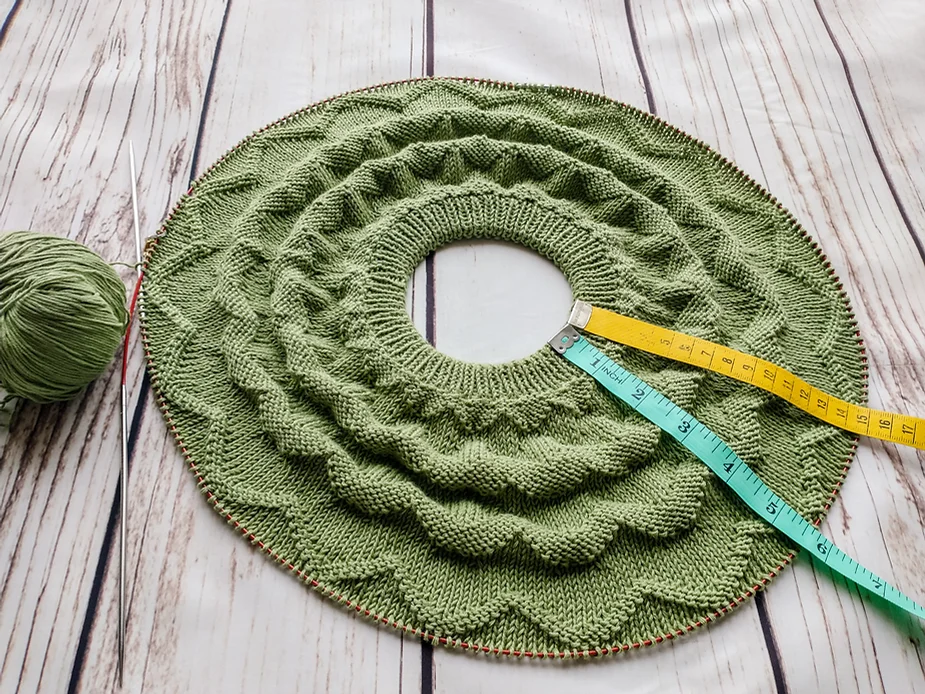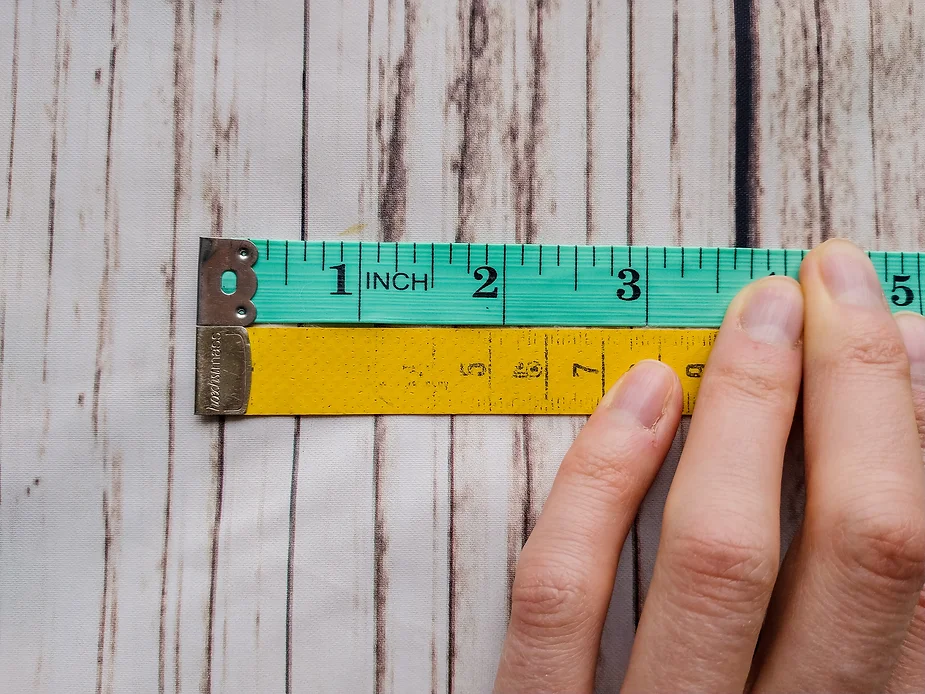Metric or Imperial - how to convert for knitting patterns?
Before writing knitting patterns, I spent some years knitting from patterns of different designers, magazines, and publishing houses. Sometimes the measurements were given in metric system (cm), sometimes in Imperial (inches), and sometimes - in both. I did wonder - why?

I started designing and writing patterns and faced even more measurements related questions. Now, as a technical editor, I help other designers to navigate the same questions so I decided to share my experience hoping it will help you to gain some clarity in the matter.
Q: In what system should I give the measurements?
A: It is up to you and your projected audience. If you usually use the metric system and you believe that your knitters will be mostly from countries using it too, go for metric (the same goes for the Imperial system, of course!).
Nevertheless, if you believe your customers live in both, you can easily add measurements in the second system as well, read on, I’ll help you to get through bumps on the road.
Tip: you can extend the audience your patterns will reach if you add the second set of measurements. Though many knitters are not afraid of recalculating the numbers if need be, it is much easier to decide on buying the pattern if the measurements are clearly stated in units you are accustomed to.
So you decided to go with both.
Q: In what system should I grade my pattern?
A: In the system, you are most comfortable with. I grade and measure in the metric system mostly. If you use the Imperial system in your daily life, go with it.
Ok, I measured all my numbers in one system.
Q: How can I add the second system?
A: You need to consider two types of conversions: measurements (inches to cm or cm to inches) and yardage (meters to yards or yards to meters).

The yardage conversion is an easy one:
1 yard = 0.9144 meters
1 meter = 1.09361 yards
You can either do it in your spreadsheet, using the coefficient or use google: just type something like “convert 150m to yards” and you will get the correct number.
Tip: See also Rounding your numbers below.
The measurements conversion is almost as easy but there are some nuances. The official conversion rate is
1 inch = 2.54 cm
In knitting though, the rate of 2.5 is often used. It is related to how the designer gives the knitting gauge in the pattern. In recent years it is customary to specify a gauge for 10 cm / 4 inches. As you see, the rate, in this case, is not 2.54 but 2.5.
There is another question I struggled with before I decided for myself several patterns later: So I calculated my finished measurements in cm (inches).
Q: Should I just convert inches (cm) from cm (inches) or recalculate them from stitches/row counts?
It is up to you. You can do it both ways, as long as your final numbers are within the acceptable rounding error range. For my patterns, this range is about 0.5 cm. As long as the final pair of numbers in inches and cm are within half-cm, I let them be.
I also prefer to recalculate my final measurements individually from related stitch or row/round counts, and round them using rounding rules I defined in my stylesheet.
Tip: If you send your pattern to a technical editor, let her(him) know what is your preference for conversions and roundings.
Q: Rounding your numbers
A: Yardage: It is customary to round yardage to the nearest 5 or 10.
Cm: It is customary to round cm to the nearest 0.5 cm.
Inches: It is customary to round inches either to the nearest 0.125, 0.25, or 0.5 in. I prefer 0.25.
For both cm and inches, the rounding border is related to standard measurement tapes - the inch on the measurement tape is usually divided into eighths and the cm is usually divided into tenths. It is difficult for the knitter to compare the measured number to the given measurements if they are not rounded to te same order.
Tip: use function MROUND() in your spreadsheets to get the rounding to a specific border done quickly. Note: Do not use rounded numbers in your calculations but only in the final measurements. The rounding errors tend to accumulate and are quite difficult to track down.
Happy knitting,
Kate
P.S. The first picture shows the yoke of my Hanna children pullover.
